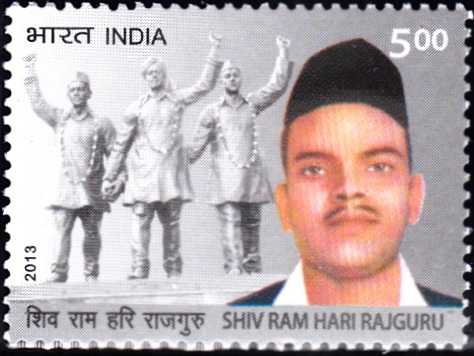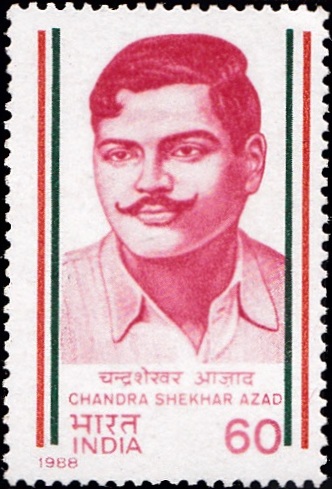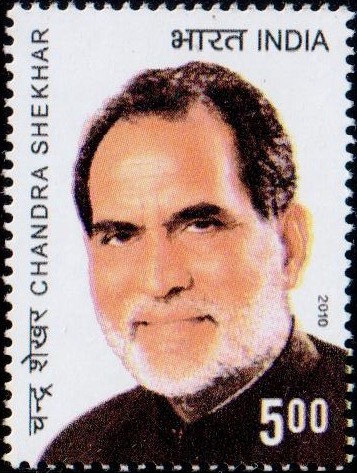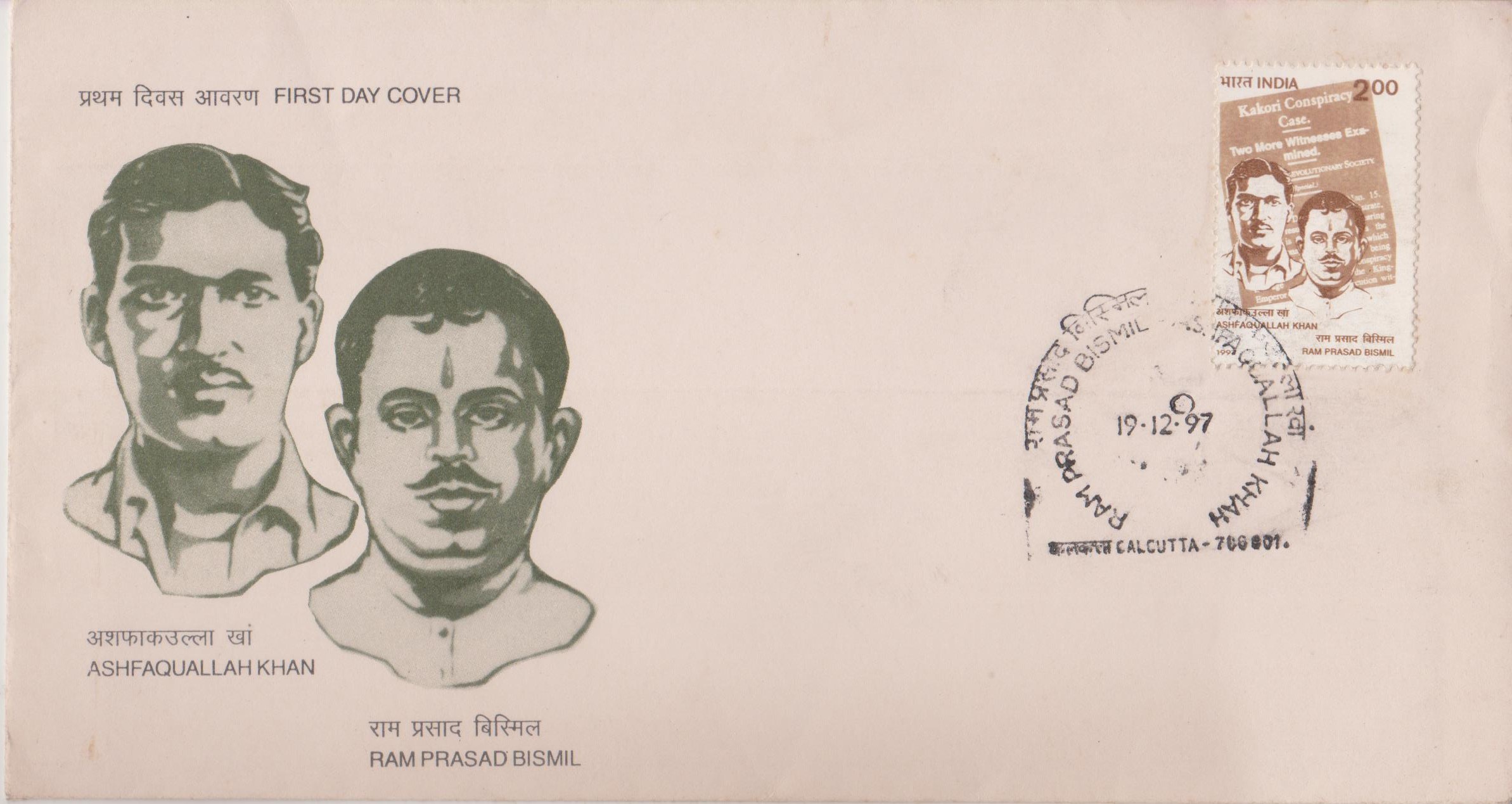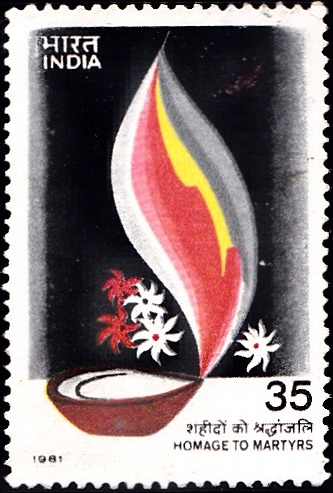
Indian Homage to Martyrs 1981
A commemorative postage stamp on the Homage to Martyrs : 50th anniversary of the martyrdom of Chandra Shekhar Azad, Bhagat Singh, Shivaram Rajguru, Sukhdev Thapar, Hari Kishan and Mallappa Dhanshetty :
Issued on Mar 23, 1981
Issued for : On the 50th anniversary of the martyrdom of Bhagat Singh, Raj Guru, Sukhdev, Chandra Shekhar Azad, Hari Kishan and Mallapa Dhanashetti, Indian P & T Department joins the Nation in paying homage to all the men and women, known and unknown, who laid down their lives so that India may be free.
Design : The stamp and First Day cover were designed by Dipok Dey; and the special cancellation by Charanjit Lal.
Type : Stamp, Mint Condition
Colour : Multicolour
Denomination : 35 Paise
Overall size : 4.06 x 2.75 cms.
Printing size : 3.70 x 2.40 cms.
Perforation : 14½ x 14
Paper : Unwatermarked P.G. matt coated paper
Number printed : 25,00,000
Number per issue sheet : 40
Printing process : Photogravure
Printed at : India Security Press
About :
- India’s struggle for freedom was a long drawn-out battle. Though it actually began in the second half of the 19th century, isolated attempts were made in various parts of the country about a century earlier. It took over 100 years for the struggle to gain full momentum. During the period (1757-1857) the country was seldom free from civil or military disturbances and there was plenty of opposition, often from substantial sections of the common people. The uprisings of the Chuars in 1799, revolt of Rani Channamma of Kittur in 1824, and the rebellion of Santhals in 1855 were some of the earliest attempts to drive out the British. However, the Great Revolt of 1857 was the first organised attempt for the emancipation of our country. It became a symbol of inspiration and sacrifice for the posterity. The Wahabis carried on relentless struggle against the British which could only be suppressed with difficulty. Similarly, the stiff resistance of the Kukas in the Punjab (1872) resulted in many casualties and the deportation of their Guru to Rangoon. The Indian National Congress was founded in 1885. With its founding the mainstream of Indian nationalism flowed gently. However, the partition of Bengal in 1905 lit a spark of revolutionary fervour which ranged into a conflagration almost all over the country. Independence of the motherland was the declared aim of the revolutionaries. They were not diffident to use arms to achieve their aim.
- The movement gained new dimension when centres of agitation were set up not only in the French enclaves in India but also in countries like Afghanistan, Canada, France, U.S.A., U.S.S.R. etc. These were dedicated persons who set the example of sacrificing even their life at the altar of freedom. The repressive measures of the British failed to crush the spirit of revolutionaries. Theirs was a life of suffering, imprisonment, inhuman torture and death. These revolutionaries had two objectives, to awaken the masses and to paralyse the administration. They achieved these objectives to a large extent which eventually helped in the liberation of the country. Many made the supreme sacrifice in the Jallianwala Bagh massacre, Non-Co-operation, Civil Disobedience and the Quit India Movements under the leadership of the Father of the Nation. Another well organised group of freedom fighters was the Indian National Army which fought against the British during the Second World War.
- (Text by P. N. Chopra)



